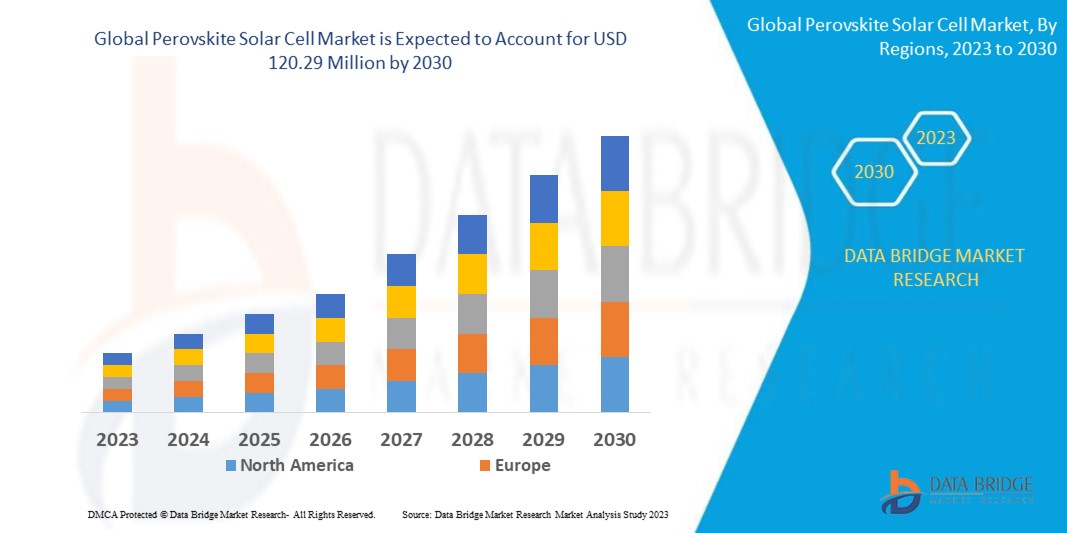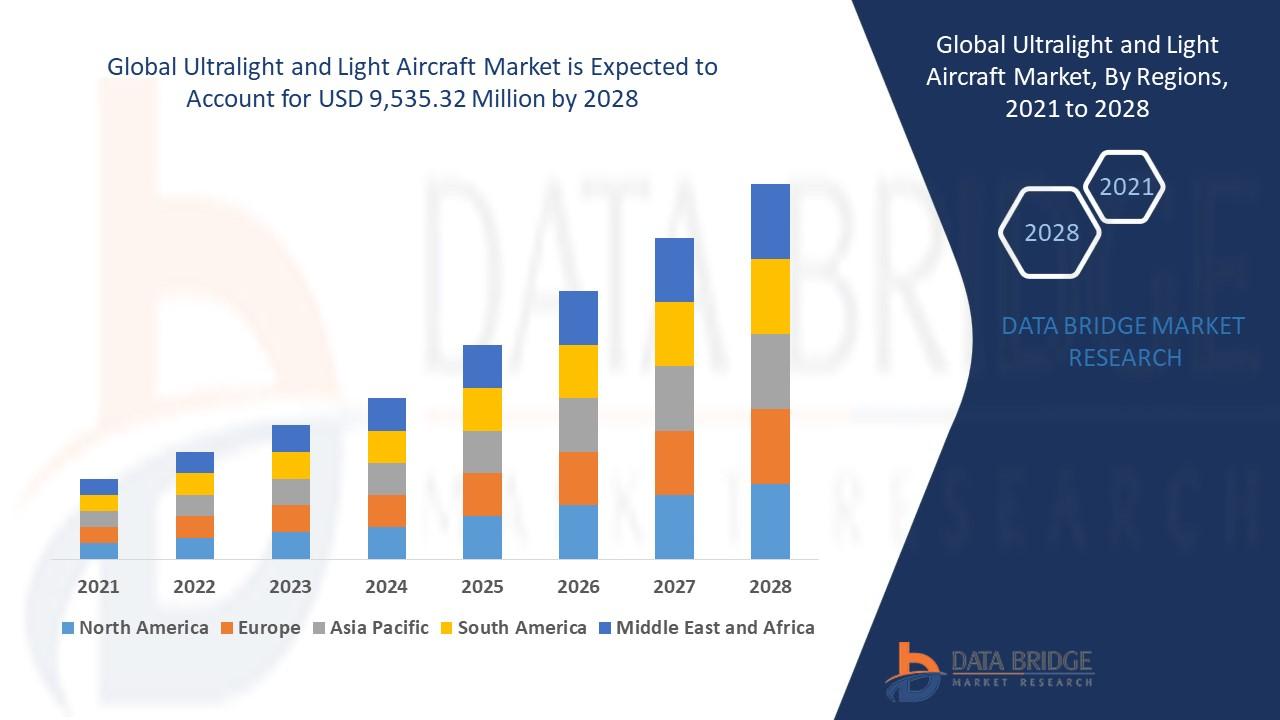Unlocking the Future of Renewable Energy with Perovskite Solar Cells
Unlocking the Future of Renewable Energy with Perovskite Solar Cells
The global perovskite solar cell market size was valued at USD 193.85 million in 2024 and is projected to reach USD 7011.63 million by 2032, with a CAGR of 56.60% during the forecast period of 2025 to 2032.

The global energy landscape is undergoing a significant transformation, driven by the urgent need for sustainable and clean energy solutions. Among the various renewable energy technologies, solar power has emerged as a leading contender in addressing the world’s growing energy demands while minimizing environmental impact. One of the most exciting innovations in the solar industry is the perovskite solar cell (PSC), which has gained immense attention for its potential to revolutionize solar energy production. With exceptional efficiency, low production costs, and versatile applications, perovskite solar cells are paving the way for the next generation of solar technologies.
Understanding Perovskite Solar Cells
Perovskite solar cells are a type of photovoltaic technology that uses perovskite-structured materials as the light-absorbing layer. The term “perovskite” refers to a specific crystal structure named after the mineral perovskite (calcium titanium oxide). These materials are known for their excellent light-harvesting properties, high absorption coefficient, and ability to function efficiently even in low-light conditions.
Unlike traditional silicon-based solar cells, perovskite solar cells are lightweight, flexible, and can be manufactured through simpler and cost-effective processes. This makes them an attractive alternative for both large-scale solar power plants and emerging applications like wearable electronics, building-integrated photovoltaics (BIPV), and portable solar chargers.
Market Growth Drivers
The global perovskite solar cell market is witnessing robust growth due to several key factors:
High Power Conversion Efficiency (PCE):
Perovskite solar cells have achieved remarkable improvements in power conversion efficiency over a short period. Laboratory tests have demonstrated PCE levels exceeding 25%, which is comparable to or even higher than conventional silicon solar cells. This rapid improvement has fueled interest from researchers and investors worldwide.
Cost-Effective Manufacturing:
The production of perovskite solar cells involves lower material and processing costs compared to silicon-based cells. These cells can be manufactured using inexpensive raw materials and solution-based techniques like printing or roll-to-roll processing, making them ideal for mass production.
Versatile Applications:
Perovskite solar cells can be integrated into various products, including flexible panels, transparent solar windows, and even clothing. Their lightweight and adaptable nature make them suitable for innovative applications beyond traditional rooftop installations.
Rising Demand for Clean Energy:
With increasing concerns over climate change and carbon emissions, governments and organizations worldwide are promoting renewable energy initiatives. This has led to growing investments in solar energy, creating a favorable environment for the perovskite solar cell market.
Technological Advancements:
Ongoing research and development efforts are addressing key challenges such as stability and scalability. As these issues are resolved, the commercial viability of perovskite solar cells will continue to strengthen.
Key Challenges in the Market
Despite its potential, the perovskite solar cell market faces certain challenges that must be overcome to achieve large-scale adoption:
Stability Issues:
Perovskite materials are sensitive to environmental factors like moisture, heat, and UV radiation. This affects the long-term durability of the cells, which is a critical factor for widespread use.
Scalability Concerns:
While laboratory-scale efficiencies are high, scaling up production while maintaining quality and performance remains a challenge for manufacturers.
Lead Toxicity:
Many high-performing perovskite solar cells use lead-based materials, raising environmental and health concerns. Researchers are actively exploring lead-free alternatives, but this remains an area requiring further innovation.
Regulatory and Certification Barriers:
New technologies must meet rigorous standards and certifications before they can be deployed commercially, which can slow down market growth.
Market Segmentation
The perovskite solar cell market can be segmented based on several factors:
By Structure:
Planar perovskite solar cells
Mesoporous perovskite solar cells
By Product Type:
Flexible perovskite solar cells
Rigid perovskite solar cells
By Application:
Residential
Commercial
Industrial
Space applications
Consumer electronics
By Region:
North America
Europe
Asia-Pacific
Middle East & Africa
Latin America
Among these, Asia-Pacific is expected to dominate the market due to strong government support, increasing solar energy installations, and significant research investments in countries like China, Japan, and South Korea.
Emerging Trends in the Market
The perovskite solar cell market is evolving rapidly, with several emerging trends shaping its future:
Building-Integrated Photovoltaics (BIPV):
Transparent and flexible perovskite solar panels are increasingly being integrated into building designs, such as solar windows and facades, to generate electricity without compromising aesthetics.
Hybrid Tandem Solar Cells:
Researchers are developing tandem solar cells that combine perovskite with silicon or other materials to achieve even higher efficiencies, potentially exceeding 30%.
Sustainable Material Innovation:
Efforts are underway to develop lead-free perovskite solar cells and enhance their environmental sustainability.
Partnerships and Collaborations:
Companies, research institutes, and governments are collaborating to accelerate commercialization and address technical challenges.
Future Outlook
The future of the perovskite solar cell market looks highly promising. With continuous research and development, these cells are expected to become more durable, efficient, and environmentally friendly. As production costs decrease and technological barriers are overcome, perovskite solar cells could play a central role in global renewable energy strategies.
In the coming years, large-scale adoption of perovskite solar cells could significantly reduce dependency on fossil fuels and contribute to achieving global sustainability goals. The technology’s potential to be integrated into a wide range of applications, from residential rooftops to portable electronics, highlights its versatility and long-term market potential.
Conclusion
Perovskite solar cells represent a groundbreaking advancement in solar energy technology. Their high efficiency, low cost, and flexibility make them a strong contender to replace or complement traditional silicon solar cells. While challenges like stability and lead toxicity must still be addressed, ongoing innovations and collaborations are steadily paving the way for commercial success.
Browse More Reports :
Global Industrial Water Treatment Chemical Market
Global Black Soldier Fly Market
Global Cosmetics Market
Global Biochar Market
Middle East and Africa Cosmetics Market
Global Climbing Gym Market
Global Intelligent Transportation System (ITS) Market
Global Medical Devices Market
Global Parkinson’s Disease Treatment Market
Global Nanomedicine Market
Global Isocyanate Market
Global Luxury Watch Market
Global Microalgae Market
Global Rumen Bypass Fat Market
Europe Cosmetics Market







